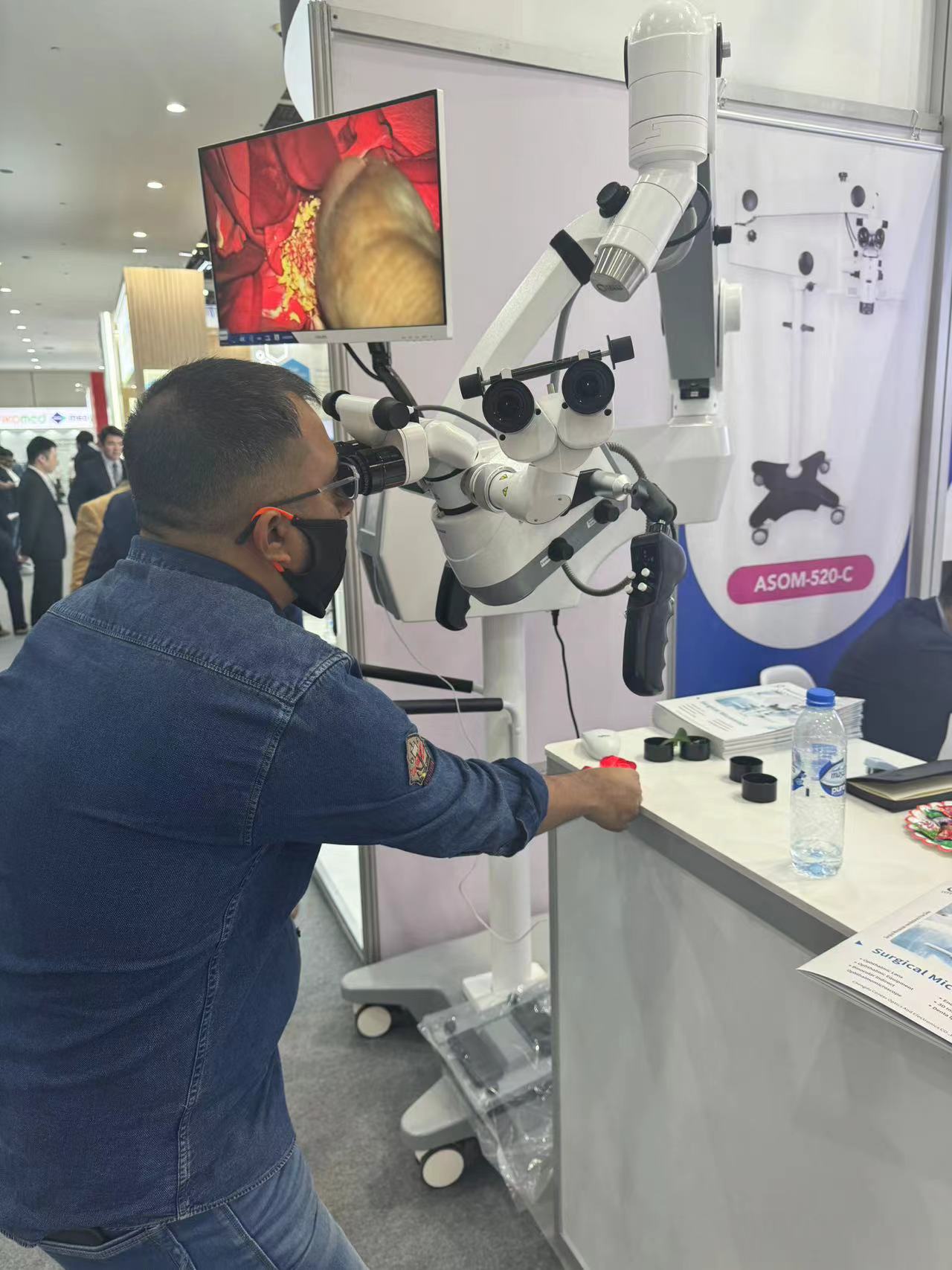Precision in Focus: The Evolution and Global Impact of Modern Surgical Microscopes
In the ever-evolving landscape of modern medicine, surgical microscopes have emerged as indispensable tools, bridging the gap between human dexterity and microscopic precision. From ophthalmology to dentistry, spine surgery to otolaryngology, these advanced devices empower surgeons to perform intricate procedures with unparalleled accuracy. For instance, in asom surgery or delicate spine surgery, the use of a high-quality operating microscope enables clinicians to visualize tissues and structures at magnifications that traditional methods simply cannot match. This technological leap is not limited to operating rooms; it extends to dental camera OEM partnerships, where customized imaging solutions are developed to enhance diagnostics and patient outcomes. As demand grows for specialized equipment like ophthalmic surgical microscopes and portable ENT microscopes, manufacturers are redefining what’s possible in minimally invasive care.
The backbone of any reliable surgical microscope lies in its engineering. Innovations such as adaptive light sources on microscopes and precision-crafted slit lamp lenses ensure optimal illumination and clarity during procedures. Leading aspheric lens manufacturers collaborate with ophthalmic microscope manufacturers to reduce optical distortions, critical for tasks like gonioscopy lens applications in glaucoma management. Meanwhile, advancements in 3D imaging have positioned China 3D contour microscope wholesale factory hubs as global leaders, offering cost-effective yet cutting-edge systems like the Semorr microscope. These devices are particularly transformative for microscopes for microsurgery, where depth perception and real-time spatial awareness are paramount. Even in endodontics, specialized tools like the microscop endodontic enable root canal treatments with sub-millimeter precision, reducing patient discomfort and recovery times.
Global supply chains play a pivotal role in meeting the diverse needs of modern healthcare. China supply 3D contour microscope factory networks, for example, cater to hospitals seeking affordable, high-resolution imaging systems without compromising quality. Similarly, spine surgery equipment manufacturers partner with endoscope suppliers to integrate complementary technologies into hybrid operating suites. For distributors, understanding how to become a microscope distributor involves navigating certifications, regional regulations, and partnerships with trusted brands. Events like the Medical Equipment Exhibition 2025 serve as vital platforms for microscope manufacturers to showcase innovations, from operating microscope ENT models to next-gen ophthalmic lenses. This interconnected ecosystem ensures that breakthroughs in one specialty—say, surgery using a microscope in neurosurgery—ripple across disciplines, elevating standards worldwide.
Beyond manufacturing, the longevity of surgical microscopes hinges on robust support systems. Surgical microscope repair MS specialists and ENT microscope service teams provide critical maintenance, minimizing downtime in fast-paced clinical environments. Consider a scenario where a hospital’s otolaryngology surgical microscope malfunctions mid-procedure; rapid response from certified technicians can mean the difference between a delayed surgery and a life-saving intervention. Furthermore, OEM collaborations—such as those between dentistry camera OEM developers and dental clinics—enable tailored solutions for niche applications. Even surgical microscopes used in remote settings benefit from modular designs and portable configurations, exemplified by portable ENT microscopes deployed in field hospitals or rural clinics. These service-oriented approaches not only extend equipment lifespans but also build trust in brands committed to long-term partnerships.
Looking ahead, the fusion of imaging technology and surgical practice promises to redefine therapeutic boundaries. Emerging trends, such as AI-assisted image analysis integrated into operating microscope ophthalmology systems, could automate diagnostics during cataract surgeries. Meanwhile, aspheric lens manufacturers are experimenting with coatings to reduce glare in ophthalmic surgical microscopes, enhancing visualization in challenging conditions. As spine instruments and microscopes grow more interoperable, complex spinal fusion procedures may become faster and safer. For professionals attending the Medical Equipment Exhibition 2023, these innovations will take center stage, offering glimpses into a future where precision is not just a goal but a guarantee. Whether through China 3D contour microscope advancements or sustainable surgical microscope service models, the industry’s trajectory is clear: to make microscopic excellence accessible, reliable, and transformative—one procedure at a time.
In this dynamic era, surgical microscopes are more than tools; they are silent partners in healing, embodying humanity’s quest to see clearer, act smarter, and care deeper.

Post time: Feb-27-2025







